The curious hobby of collecting matchboxes
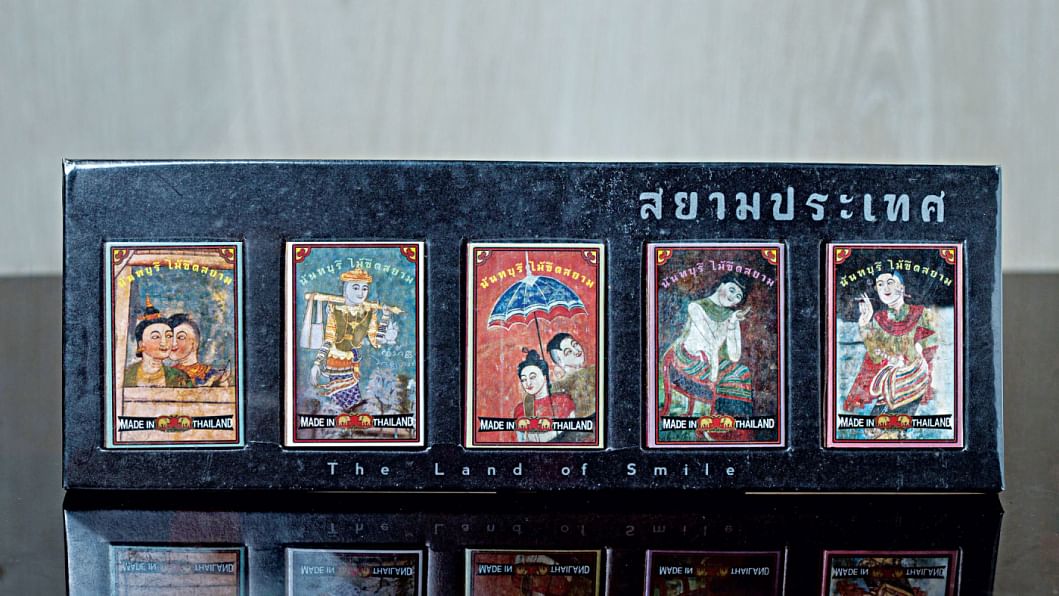
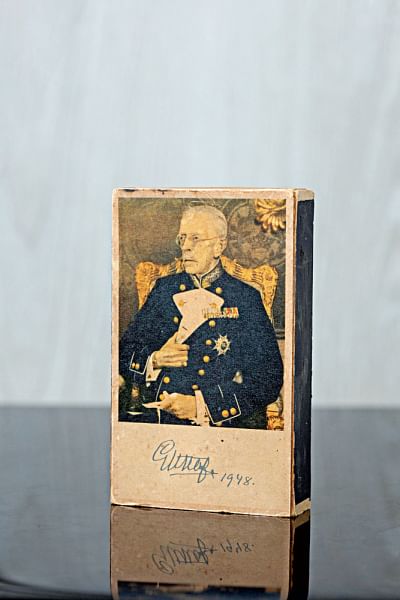
Just like stamps, coins, etc. matchboxes can be collectibles too. But what's so special about matchboxes, you ask?
Well, for starters, did you know that matchboxes actually are of different shapes and sizes? Other than the typical box that we are accustomed to seeing, there are, for example, cylindrical ones. There are matchboxes with long sticks, and then there are the so-called 'tent' matchboxes referring to their shape.
Sizes vary too, and an extreme variation would be the world's smallest — tiny enough to comfortably sit even on the tip of your little finger. "There are only two of these in the world," said Shakil Huq, a renowned phillumenist, who is the proud owner of one of them. "They have been made in India."
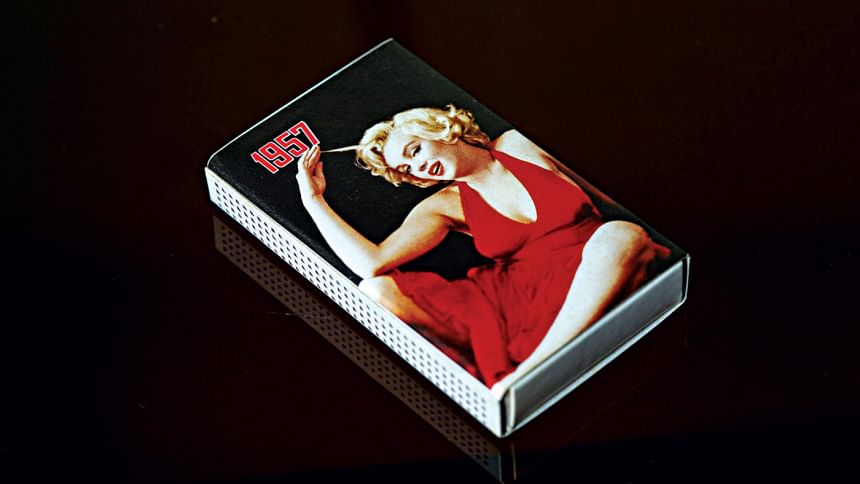
Although a graphic designer and interior designer by profession, he has dedicated his entire life to phillumeny.
When I sat down with him and said — as one would say just out of courtesy — 'thank you for agreeing to give me some time out of your schedule', he replied, "It's no problem. It doesn't matter how busy I am, or even if I was losing crores of takas, I wouldn't care, for me phillumeny is the first priority!"
For someone with such a burning passion who has in his collection nearly 20,000 matchboxes and matchbox related items from across the globe, I believe him.
That's a huge number, and while the sheer variety justifies that, it doesn't fail to boggle the mind.
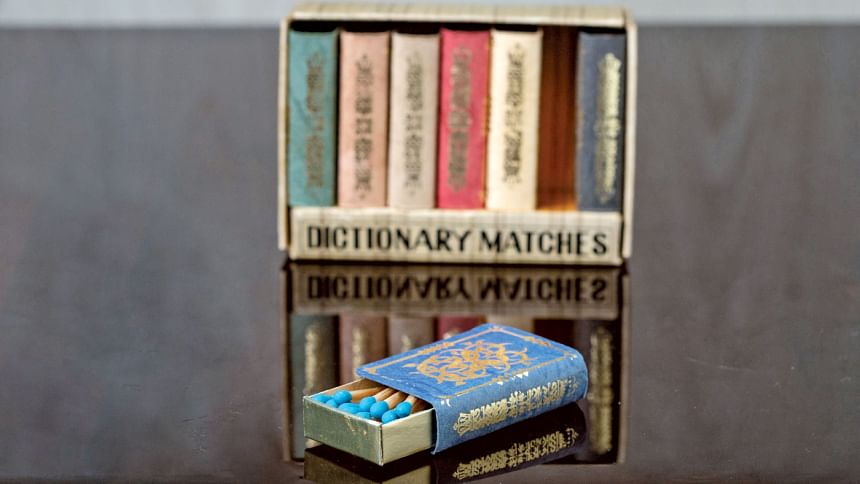
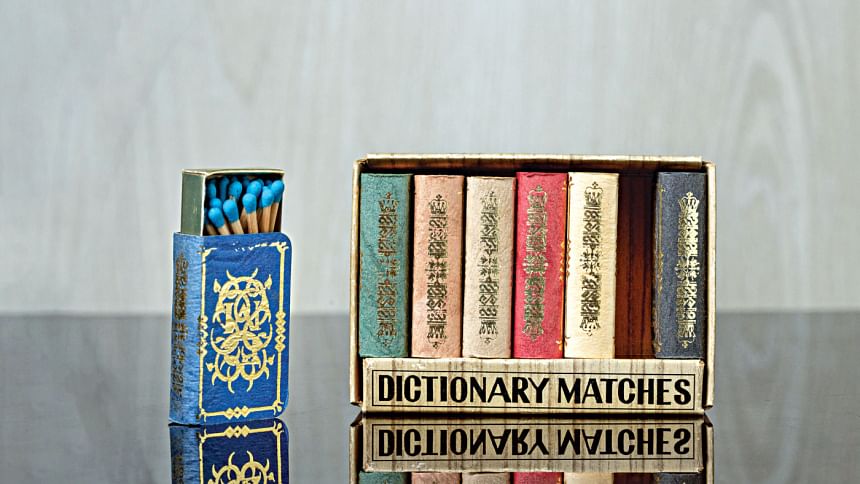
Take for example the vintage Indian-themed Swedish matchboxes. Awe-inspiringly beautiful as they are, these matchboxes that portray in vivid colours Indian people and subjects will spark curiosity, as they have actually been made in Sweden. The Indian theme along with the words 'Made in Sweden' make a curious combination, especially given that they are really old — perhaps dating back to around 1890s to 1940s according to Shakil.
An example of an old matchbox from our region is the one depicting nouka baich (traditional boat race). As the label says in Bangla, it was made by The Dhaka Match Factory Limited. "This is a very rare item. I believe it is from the 1970s," he informed.
Another beautiful item is a set of 'Dictionary Matches,' where a number of matchboxes are kept together, arranged like books in a shelf, and from a distance, they do look like that. Shakil informed that these are from Germany, and that they have high decorative value, referring to them as 'souvenir' matches.
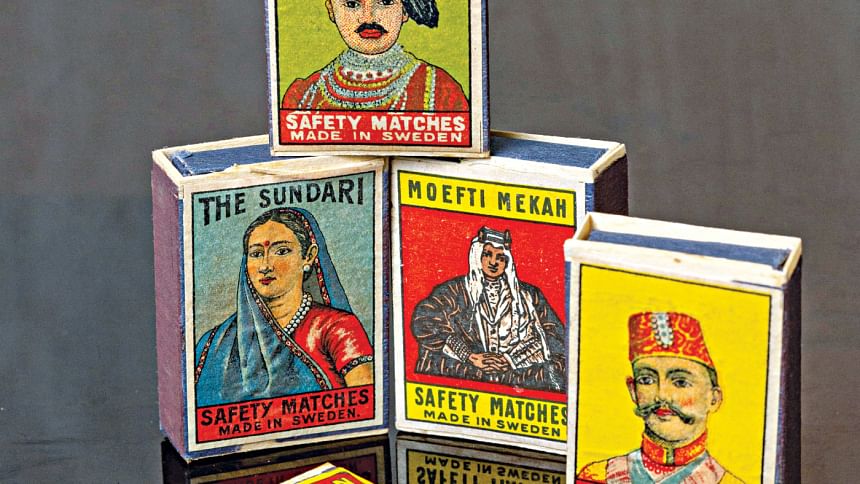
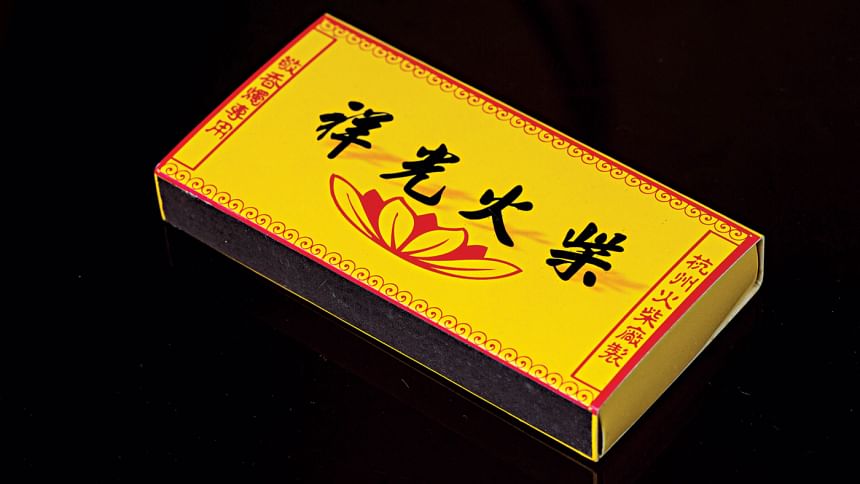
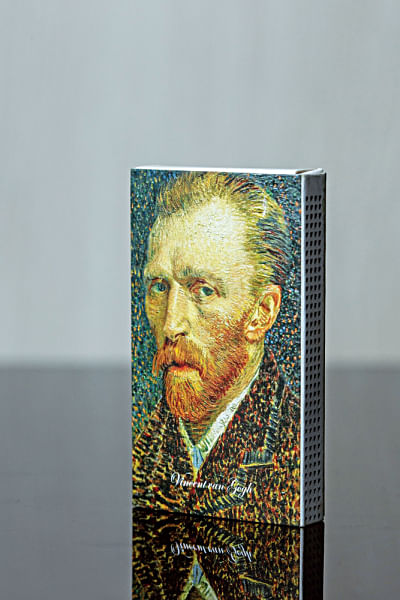
If all these ignite an interest, why not become a collector yourself? Start small. Shakil, who is also the president of Bangladesh Matchbox Collectors' Club, suggests, "First, buy the matchboxes available in local shops. Wherever you go, within the country or abroad, look for matchboxes. If you have friends returning to Bangladesh, ask them if they can bring you some. Study them."
Shakil is not only a collector but a designer too, boasting a wide array, which includes — among other themes — depictions of Bangladeshi monuments and artists and artworks. You can check out his collection from around the world and his own designs at matchboxmuseum.blogspot.com
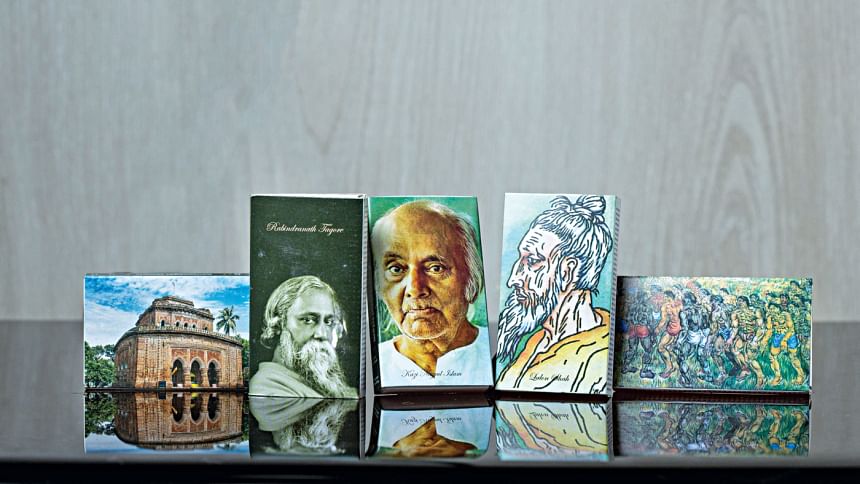
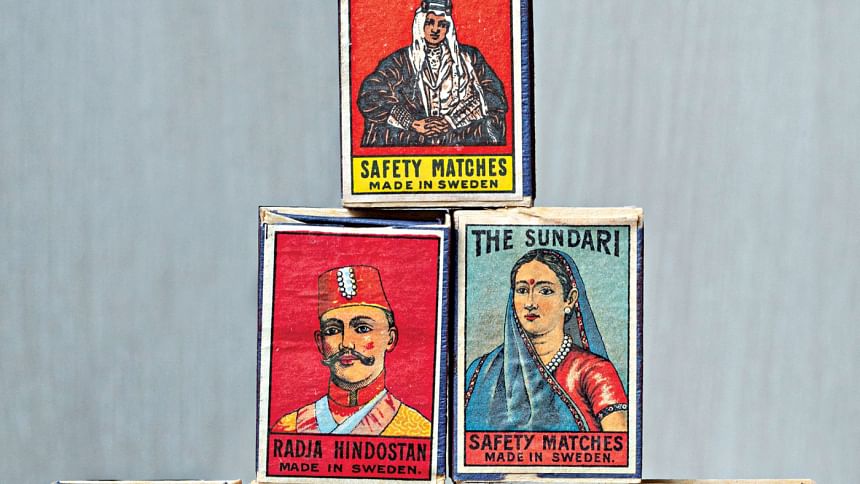
To exemplify, there is a selection of Murtaja Baseer paintings on matchboxes, to which the legendary maestro had said, "I have gotten many awards and rewards for many works, but this is an exceptional one," Shakil fondly remembers the artist (who passed away last year) say to him.
Parvez Ali Anwar Khan, a collector, sheds light on what interests a hobbyist in this field. "There are various themes. We can look at the people and objects and animals and so on, that are portrayed in matchboxes. We can also group matchboxes by country and study cultures," he said.
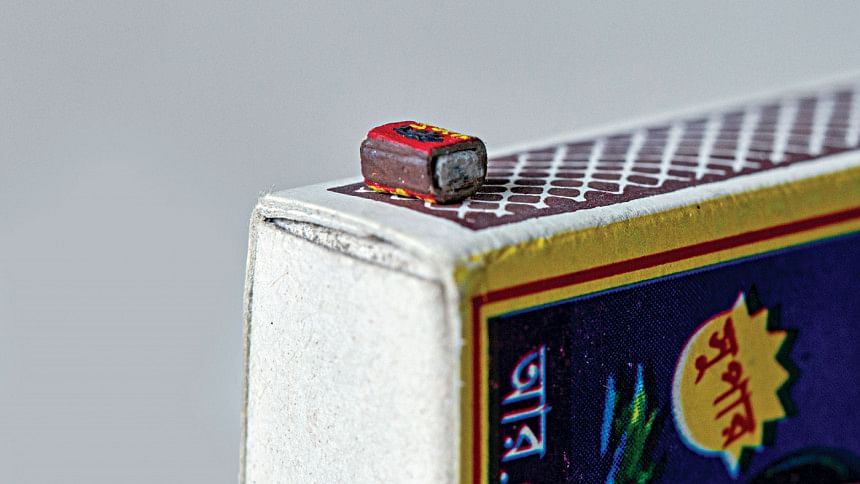
A former chief engineer of Bangladesh Inland Water Transport Authority, Parvez's passion of collecting extends beyond phillumeny; for example, he is a devoted stamp collector too. He is associated with various collectors' societies performing the role of an advisor, and also often writes on collectibles in international publications.
He opined that people have been collecting something or other for ages; it is an innate human instinct.
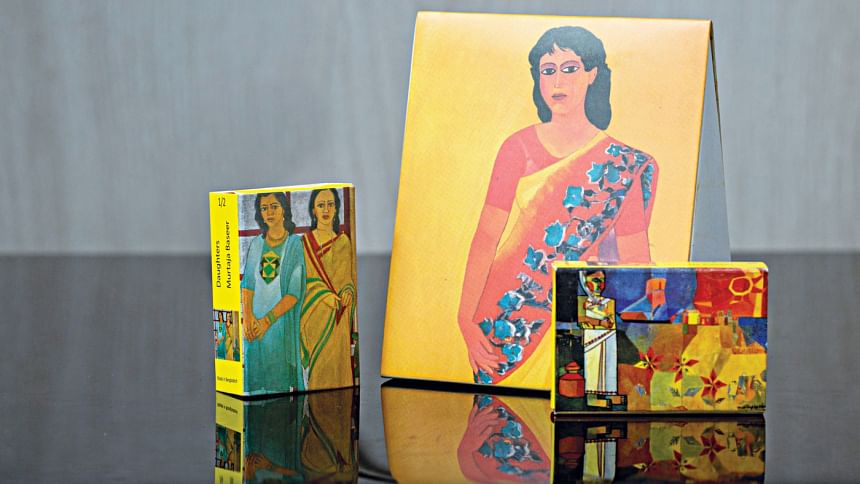
Digging deeper about matchboxes, the phillumeny realm actually encompasses a mindboggling lot. Shuffling through albums and containers, he explained, "You can collect with or without the sticks. The heads of sticks can actually be interesting too, as they can be of different colours. There are also collectors who would pull out the drawer or tray out of the matchbox — the remainder is called a skillet, and it is convenient to store, as you can open it up, flatten it and keep it in an album. On the other hand, wooden matchboxes used to be manufactured before, for these, you may peel out the labels out of them and have them together in albums."
He moved on, handing me a rather large paper: "This is a wrapper which packed several matchboxes together."

Then, showing me a copy of a Time magazine, he said, "See the cover. It has a visual of matchsticks burning. Hence, this too is a collectible for me."
Parvez concluded that as matchbox manufacturing continues to decline — owing to more popular alternatives such as lighters — phillumeny has the potential to become more and more lucrative.
With so many different matchboxes and matchbox related items, there is something or other that you will like, and that can be your calling to the world of phillumeny. Matchboxes are much more than everyday items that we carry in our pocket or keep in the kitchen. In their own curious ways, they preserve stories that are waiting to be unravelled — to anyone who would give them a second glance and some thought.
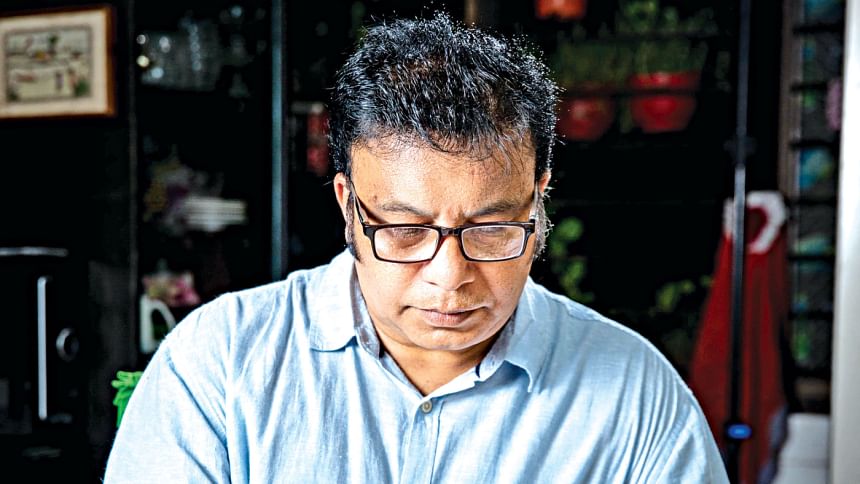
Photo: Shahrear Kabir Heemel, from the collection of Shakil Huq (including his own designed matchboxes)

 For all latest news, follow The Daily Star's Google News channel.
For all latest news, follow The Daily Star's Google News channel. 



Comments